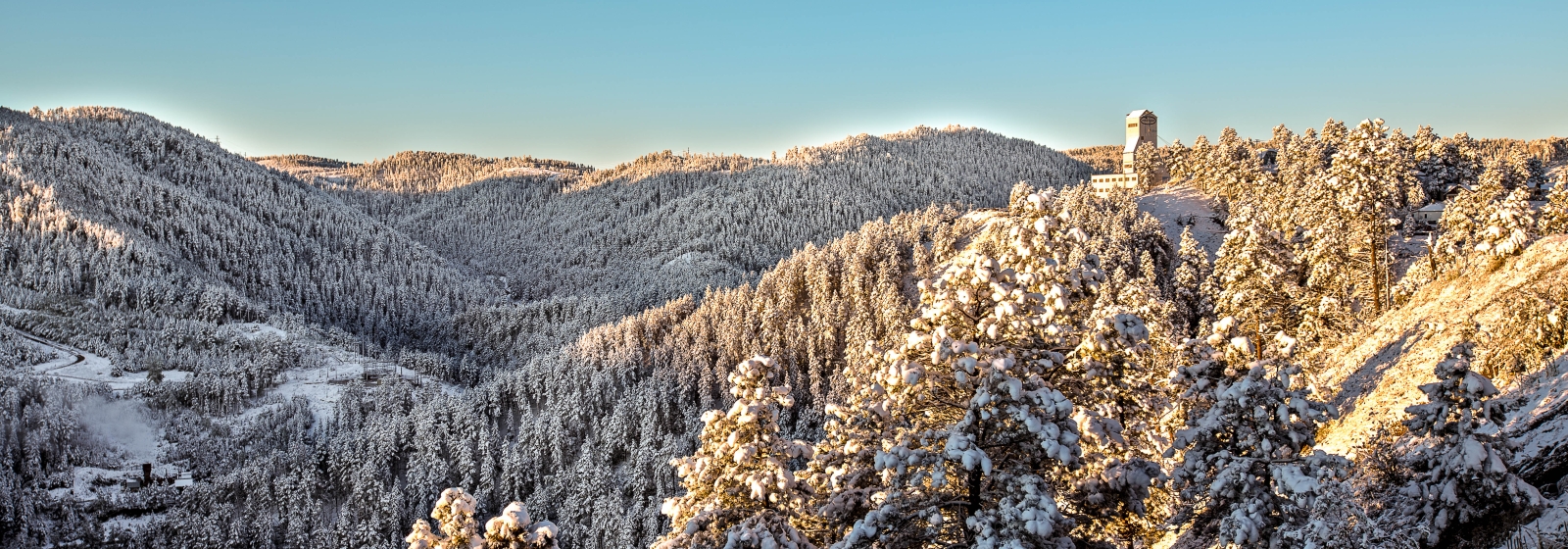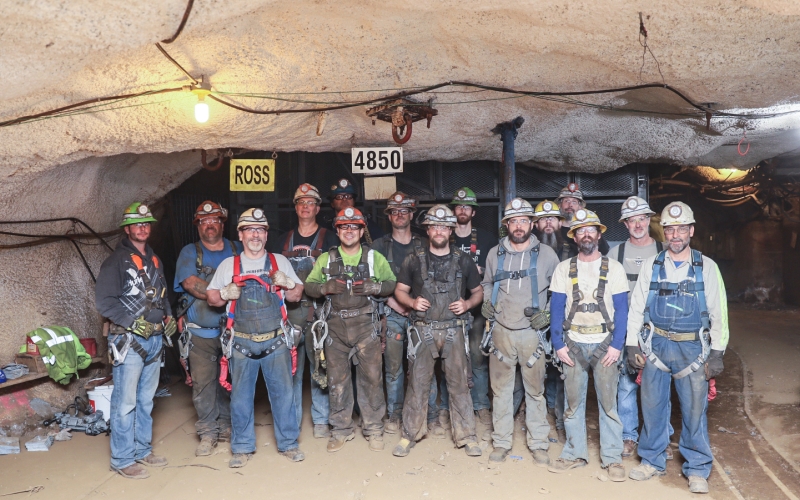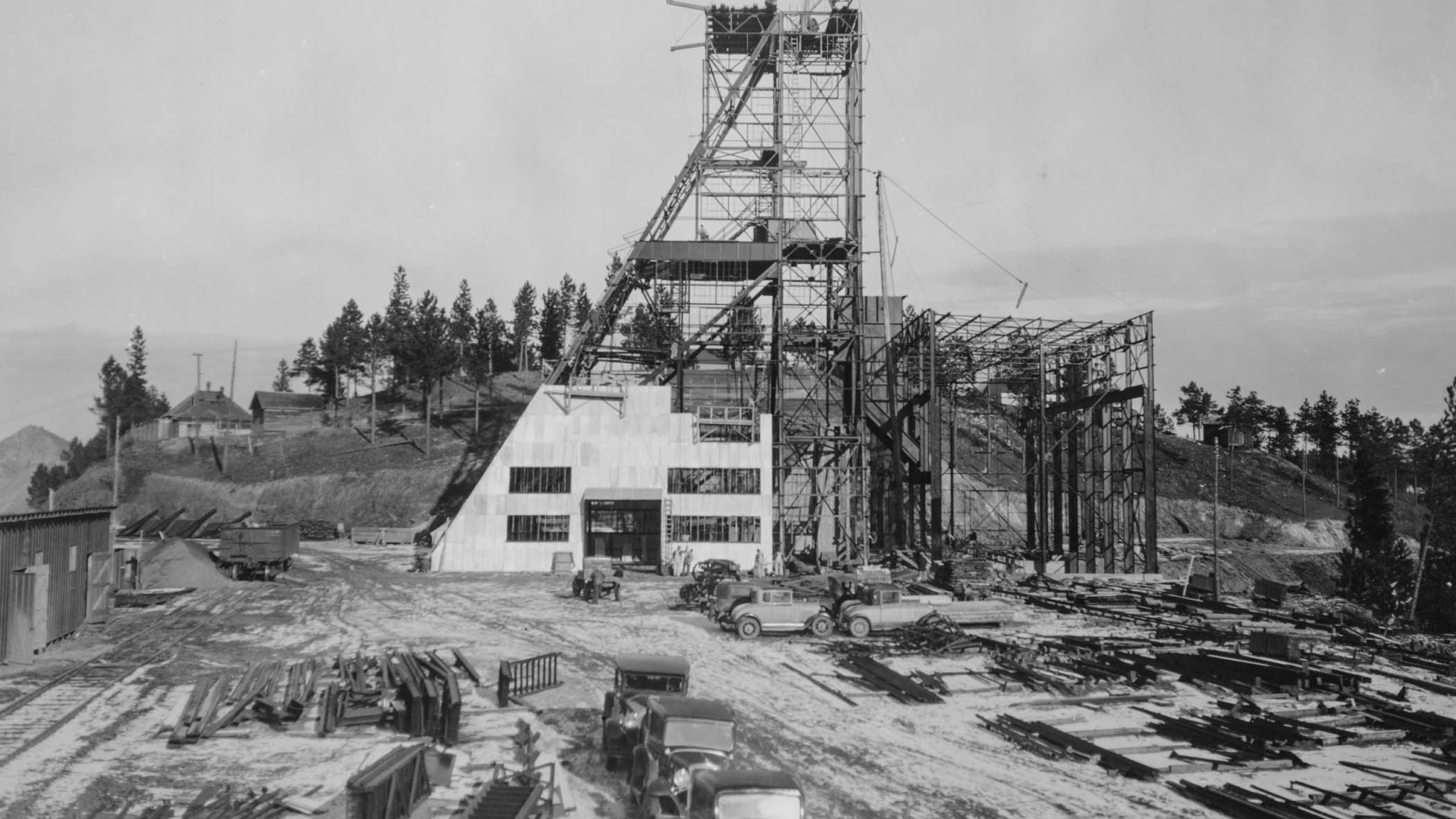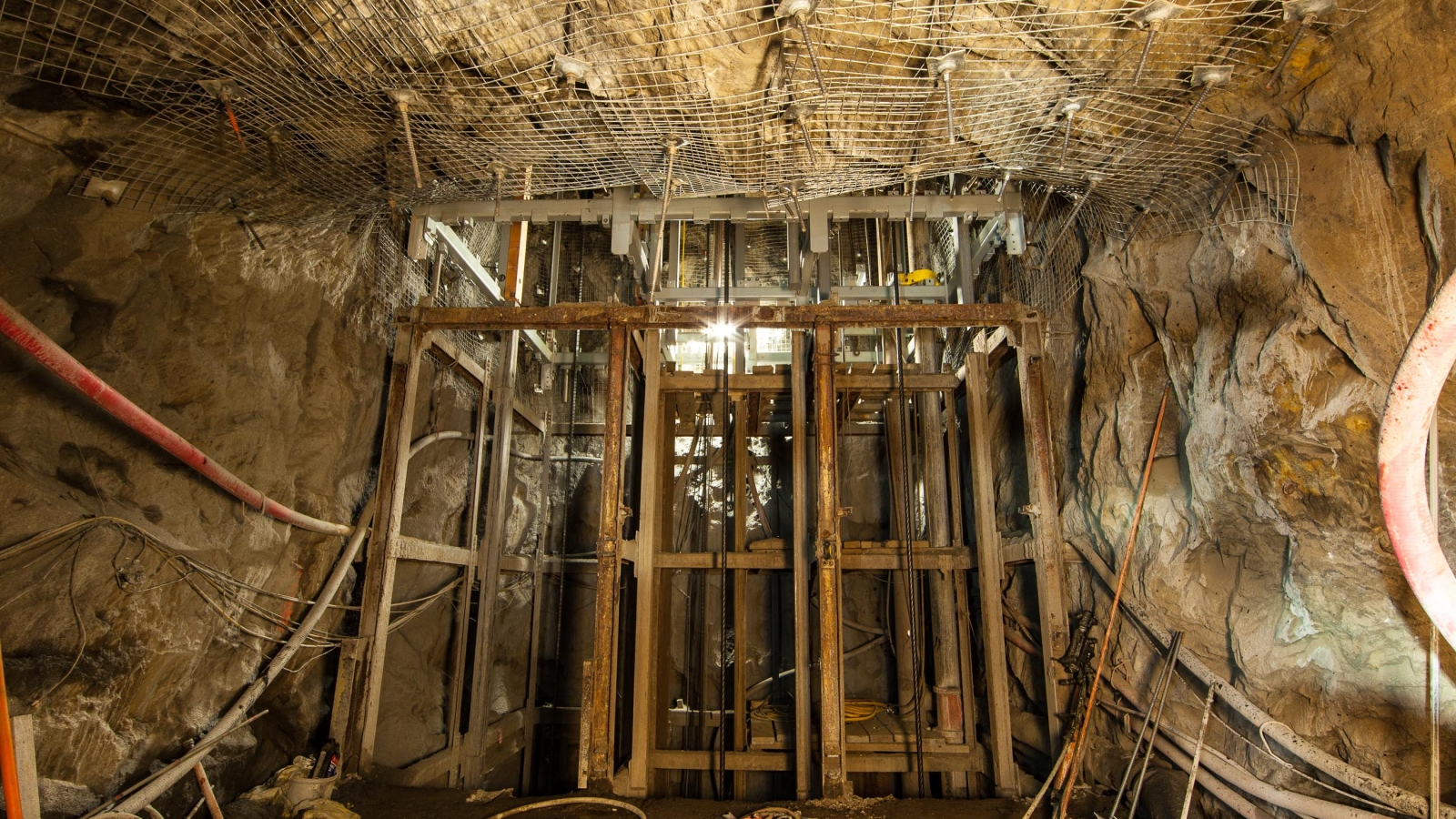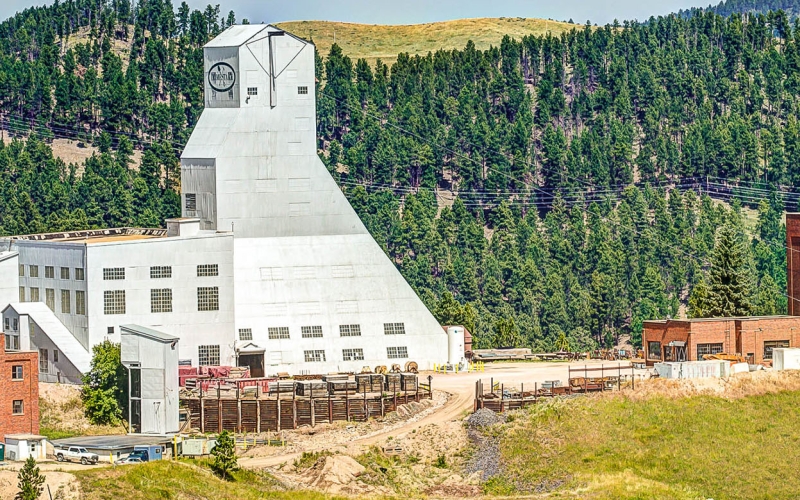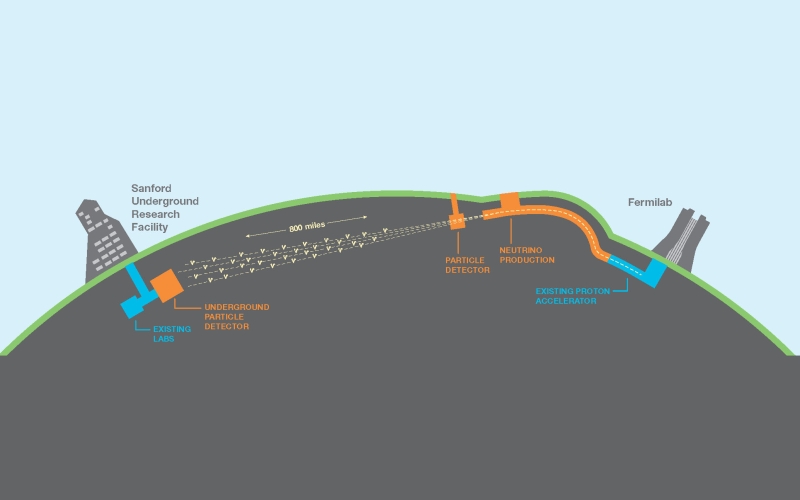For more than five years, Ross Shaft crews have been stripping out old steel and lacing, cleaning out decades of debris, adding new ground support and installing new steel to prepare the shaft for its future role in world-leading science. On Oct. 12, 2017, all that hard work paid off when the team, which worked its way down from the surface, reached a major milestone: the 4850 Level.
“As we got closer to the station and we could see the lights off the 4850, there was a lot of excitement from the crew,” said Mike Johnson, Ross Shaft superintendent. “It was like, ‘Man, we’re finally here.’”
Mike Headley, executive director for the South Dakota Science and Technology Authority (SDSTA), praised the Ross Shaft team. “The Ross Shaft is critical to the future of Sanford Underground Research Facility and I am incredibly proud of the hard work and dedication shown by this team.”
Refurbishing the shaft is just one step toward a much larger goal, said Chris Mossey, Fermilab’s deputy director for the LBNF. “Completion of the Ross Shaft renovation to the 4850 Level is critical to support construction of the Long-Baseline Neutrino Facility. Thanks to the SURF crews, who have worked since August 2012, to reach this significant milestone.”
LBNF will house the international Deep Underground Neutrino Experiment (DUNE), which will be built and operated by a collaboration of more than 1,000 scientists and engineers from 31 countries. Fermilab will shoot a beam of neutrinos 800 miles through the earth from Fermilab to massive particle detectors deep underground at SURF's 4850 Level.
When complete, the Fermilab-hosted LBNF/DUNE project will be the largest experiment ever built in the United States to study the properties of mysterious particles called neutrinos. Unlocking the mysteries of these particles could help explain more about how the universe works and why matter exists at all.
But before scientists begin installing the DUNE detectors, the shaft needed to be completed to the 5000-foot level and a rock conveyor system installed to excavate the caverns that will house DUNE. Still, there's much to celebrate.
“This is a great accomplishment,” Johnson said. “We’ve got a team with different experiences and talents and they really worked together to reach this milestone." But Johnson said credit goes to a lot people who have never set foot in the shaft.
“Engineers, fabricators, vendors, electricians, procurement—everyone played a part in getting us to this point,” he said. “It takes a lot of planning and support. It was a real team effort.
personnel cages transported up and down the Ross Shaft while supporting the LBNF/DUNE excavation work
excavated rock moved upward to the conveyor and into the Open Cut
loads of equipment transported down
slung loads secured and lowered underneath the Ross cage
The future
On Aug. 9, 2017 Fermi Research Alliance LLC, which operates Fermilab, awarded Kiewit/Alberici Joint Venture (KAJV) a contract to begin laying the groundwork for the excavation of LBNF, the facility that will support DUNE. The initial groundwork is expected to be finished in 2024.
Approximately 875,000 tons of rock will be removed and conveyed to the surface, then moved to the Open Cut using a rock conveyor system. When installation of LBNF and DUNE equipment begins, every component, including the massive steel beams that will be used to build the cryostats, will go down the Ross Shaft.
“It’s kind of like building a ship in a bottle,” said Fermilab’s Chris Mossey. “We’re using a narrow shaft to move all the excavated rock up, and then all the parts and pieces of the very large cryostats and detectors for DUNE down to the 4850 level, about a mile underground.”
Construction on pre-excavation projects, including additional work on the brow at the 4850 Level and the rock conveyor system began in 2018. The main excavation for LBNF/DUNE is nearing completion at the start of 2024.
Installation of the cryogenic infrastructure and the four detector modules for the experiment is expected to take about 10 years and will operate for more than 20 years. The Ross Shaft will play a role throughout, just as it did for many decades during the Homestake era.
“Now it has a new purpose,” said SURF’s Headley. “It will support world-leading science for decades to come.”
This article was written by Constance Walter, Communications Director, with contributions from Matt Kapust, Creative Services Developer
Historical sources for this article include Steve Mitchell's "Nuggets to Neutrinos"
Historical images were provided by Black Hills Mining Museum
Other information provided by Fermi National Accelerator Laboratory
